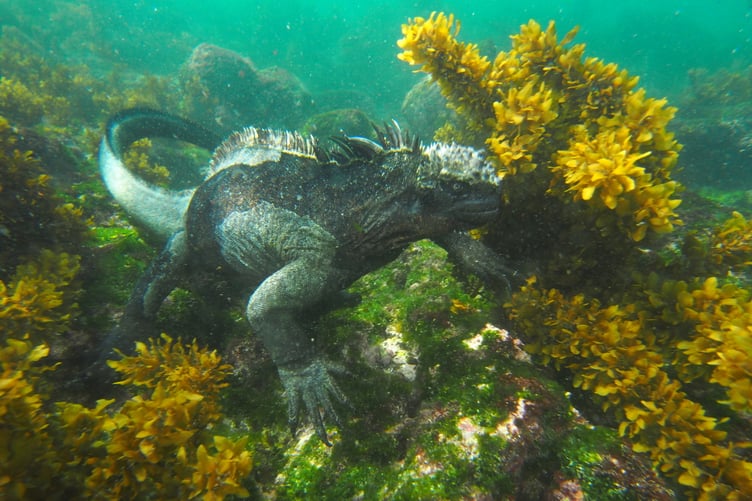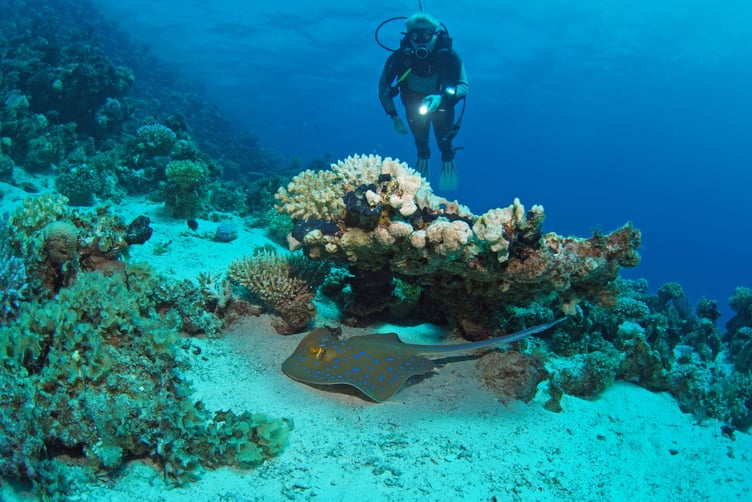The guest speaker for the latest meeting of the Isle of Man Photographic Society was well-known island photographer Tim Nicholson.
Tim, who specialises in underwater photography, bringing with him an array of equipment which he uses regularly and finds suitable for capturing underwater photographic images.
Tim warned that there was both pleasure and pain in undertaking such a specialist genre. He gave a most interesting illustrated presentation, and then went on to speak about the range of equipment he had brought with him.
He also outlined the many challenges facing divers who wish to pursue their potentially hazardous interests. There was a lively debate throughout, with Tim willingly taking questions from members and guests.
Tim had developed a keen interest in a particular group of Manx marine molluscs, whose scientific name means ‘naked gill’, many of which can be found in his new book, titled ‘Manx Nudibranchs’.
He has dived in many exotic places, including (in no special order) Belize, the Red Sea, Djibouti, Liverpool’s Albert Dock, the Sudan, Madeira, Santa Cruz, the Azores and Northern Ireland, as well as familiar locations in the island since taking up residence in 1993.
His interest in photographing nudibranchs and sea-slugs had grown and, diving in the relatively clear waters around the Isle of Man, had offered fresh opportunities. Some of the dives had been focused on the numerous shipwrecks dotted around and near to the island’s coast
Tim divided his presentation into four parts, namely: The Challenges; The Types; The Techniques and The Gallery.
The last of these was a series of spectacular wide-angle images of marine-fauna he had captured when diving, mostly from boats and with a ‘buddy’ for reasons of safety.
It is fair to say that, apart from the many questions from the floor, ‘you could hear a pin drop’ during the talk and the audience was ‘blown away’ by the colourful images, illuminated in the darkness by his strobe lights.
It was interesting that Tim’s hobby had spiked an interest in photographing underwater in his son, Ollie, who accompanied his father from time to time on dives.
Tim had started out using a 35mm Calypso camera, used both on land and underwater to a depth of 200 ft (60 m), progressing to the Nikonos in the early 1960s, and most recently, the Olympus, a durable, waterproof camera deemed suitable for underwater use up to 50 feet (15 meters).
Needless to say, the name of familiar TV pioneer Jacques Cousteau, was mentioned more than once.
The next meeting of the society will be held next Wednesday, November 26 at 7pm and will take the form of an evening with Dr Lara Howe, a marine biologist, whose subject for part of the evening will be 'Shifting Perspectives: Exploring Abstract Photography'.
ANTONY HAMILTON




.png?width=209&height=140&crop=209:145,smart&quality=75)
